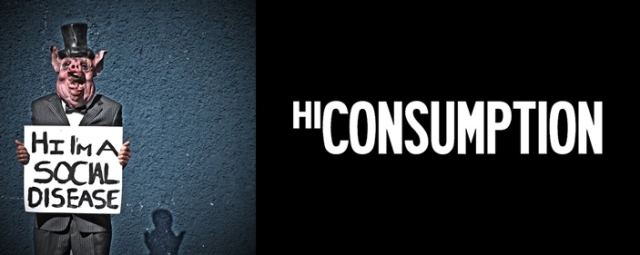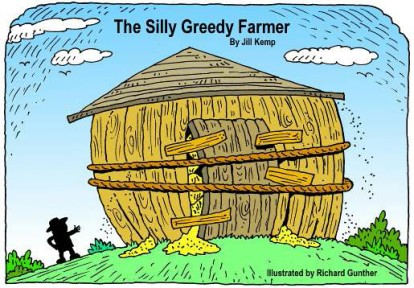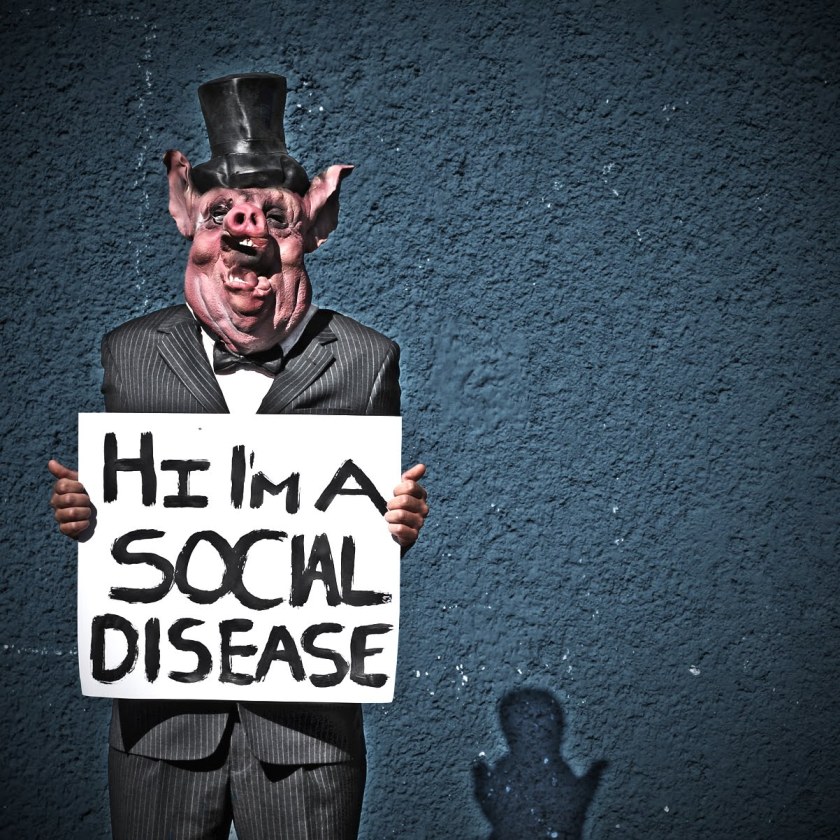We have a long history of shortsightedness here in Humboldt County. I suspect that we’re as eager to throw our long-term assets away for a fast buck as we ever were, and the impending legalization of marijuana gives us another opportunity to do just that.
Right now, the black-market cannabis industry holds this county hostage, politically and economically. The illegal marijuana industry has already brought enough social problems to Humboldt County, problems ranging from poverty and homelessness to hard drug abuse, violent crime and murder. Feeding this disease, and fueling the destruction it causes, the misguided War on Drugs has turned a harmless, easy to grow weed into expensive contraband. Now that the tides have turned on the War on Drugs, politicians and drug dealers will try to convince you that marijuana is nuclear caviar.
Nuclear, meaning that they will tell you that marijuana is so dangerous that it requires as much government oversight, control and regulation as a nuclear power plant. Caviar, because they intend to concoct some scheme to control cannabis production, to keep the price of cannabis artificially inflated, so that good pot remains an expensive luxury that working people can ill-afford.
Cannabis is not nuclear caviar. Cannabis is a giant fucking ripoff. Until now, the price of cannabis has been highway robbery at the point of a cop’s gun. If the CA legislature passes the current passel of pending cannabis legislation, they will simply turn iron-fisted prohibition into a state sponsored racket. It will still be highway robbery at the point of a cop’s gun, and pot will remain a giant fucking ripoff. For now.
Still, dramatic changes, already underway in the cannabis industry, will continue. The marijuana industry of today looks nothing like the marijuana industry of 20 years ago. Humboldt County will probably produce more marijuana, this year alone, than it did in the entire two decades between 1980 and 1999, and the cannabis industry of the future will look nothing like the cannabis industry of today.
The cannabis market will become more competitive, production will expand and automation will increase. Profit margins will shrink, leading to rapid consolidation. That means lots of people lose their jobs or go out of business. That’s how legal industries work. The cannabis industry is rapidly becoming a legal industry, full of businessmen who know how to run a business, and aren’t afraid to make tough decisions.
That is a dramatic change from the cannabis industry we all know and love. We like pot growers to be spendthrift fools who have no idea how much money they really make, buy everything retail, and drip money as they walk down the street. More than the cannabis itself, our local economy relies on the stupidity and shortsightedness of black-market dope growers who’s lack of business acumen lured them into this line of work to begin with. The black market takes money out of the hands of hard-working people, who might otherwise save it, and puts it into the hands of the people most likely to squander it. That’s how prohibition boosts the economy, and that’s what we see here in Humboldt County.
The fact is, no matter how legalization plays out, most of the people who benefit from the marijuana industry in Humboldt County today, will eventually get squeezed out. Will it happen in three years, or will it take five? That depends on a lot of things, but it will happen, regardless. A lot of people around here will have to find something else to do, and the sooner, the better.
The War on Drugs is a cruel racist policy. Mostly, the War on Drugs provides a legal framework for the violent control of minority communities, but here in Humboldt, we see another racist aspect to the War on Drugs. Here, the War on Drugs provided a relatively low-risk avenue to affluence for privileged white kids with no particular skills, talent or ambition. Hey, I’m a privileged, white, college drop-out myself. I certainly understand the attraction, but it’s still racist. It’s still wrong, and it’s still a huge fucking ripoff, but rest assured; that side of the War on Drugs, will evaporate too. The marijuana industry will no longer be dominated by white middle-class dilettantes looking for a low-stress, way to support their high-consumption lifestyle.
When you think about it, these are the people who make Humboldt County attractive and interesting, at least to me, the artists, performers and musicians, the idealistic art history, English and ancient language majors and the disillusioned scientists and engineers who decided they didn’t want to build weapons systems or devise new, environmentally destructive, products. For people like this, growing pot was a way to finance their art or their writing or their political activism, or their other interesting hobbies, without distracting too much from them. The cannabis industry of the future will have no place for these people.
Instead, the cannabis industry will be dominated by greedy white farmers who know how to grow pot and run a business, but have few, if any, other interests. Greedy white farmers do not attract tourists. If they did, people would flock to Iowa to watch corn grow. Greedy white farmers drain rivers, kill fish and destroy habitat, and they use their political clout to make sure that no one gets in their way. That’s what greedy white farmers do everywhere, and that’s what they intend to do here.
Yes, farming is boring and ugly and no one wants to see it, and the same is true of farmers, but we have something else here in Humboldt County that is worth more than all of the black-market marijuana we’ve grown here in the past, and all of the nuclear caviar we hope to produce in the future, put together. That is natural habitat.
Natural habitat has become remarkably rare around the world. I mean really rare, not artificially price-controlled, “rare,” but genuinely uncommon, and truly valuable. The Earth has lost half of its natural biodiversity since the first Earth Day, and the primary reason is loss of habitat. If we should treat anything around here like nuclear caviar, it is the natural habitat here in Humboldt County.
People want to see natural habitat, and they want to see it teeming with life.. Natural habitat attracts tourists. Biodiversity attracts tourists. No one will ever figure out how to produce habitat on the cheap and flood the market with biodiversity. Habitat will only become more rare and valuable. Pot, on the other hand, is easy to grow and cheap to produce, and it won’t be long before some state, like Nevada, Texas or Kansas, decides to get out of the way and open up the floodgates to an ocean of cheap cannabis.
That will leave us, here in Humboldt County, facing the same decision we face now, but with fewer options, and greatly diminished assets: Do we sacrifice our lives, and the natural habitat we love, in a vain attempt to compete with market forces beyond our control, or do we use our imagination, and learn to do something else, that harmonizes with the natural splendor of this unique place, and works for the kind of people who make up this community, and make this community special.






























